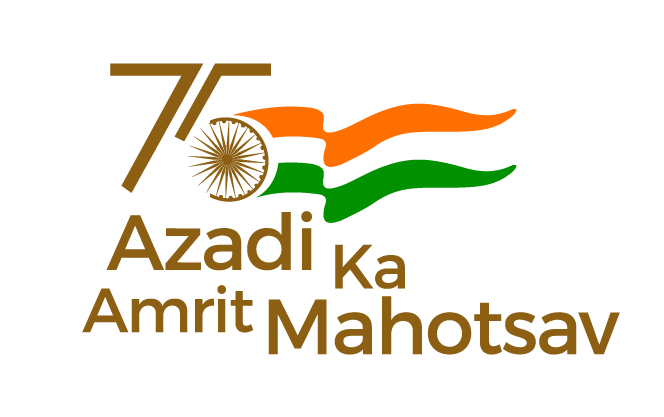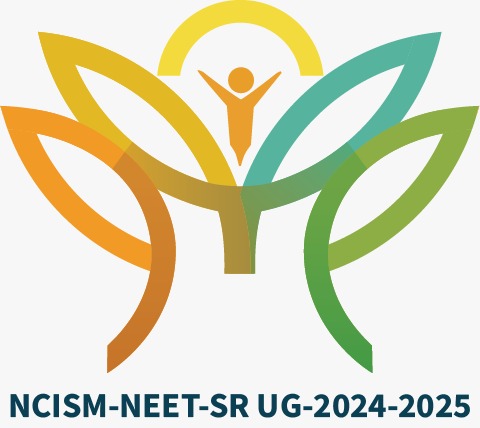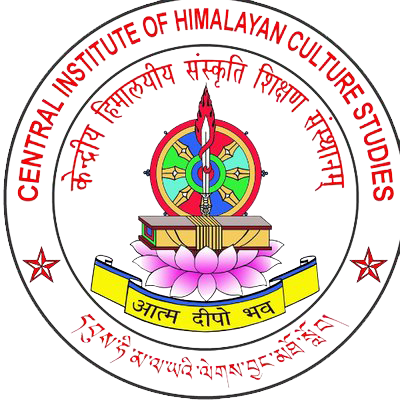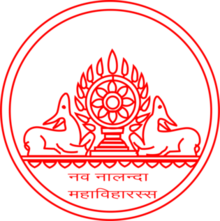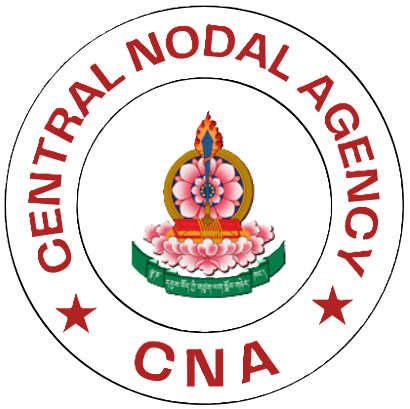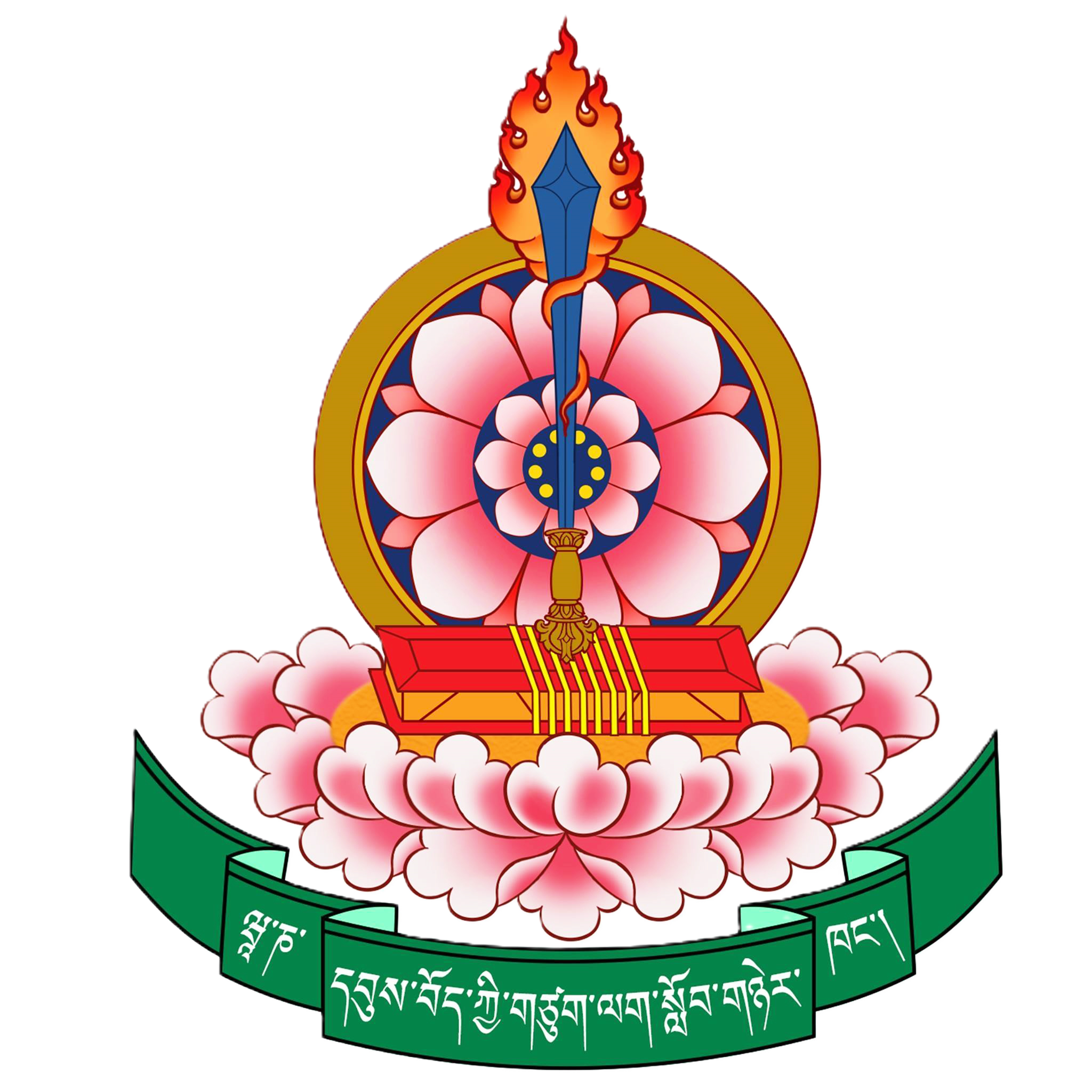Sampradaya
NOTICE BOARD
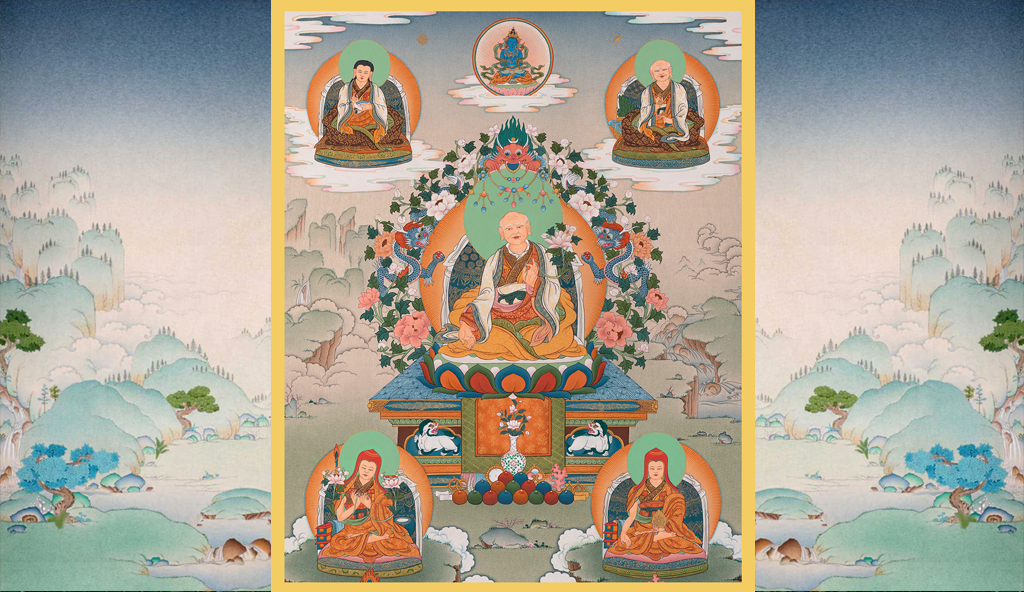
sakya
Sakya Sampradaya of Tibetan Buddhism originated with the tradition of Path and Fruition that has descended from the Nalanda Buddhist tradition. The founder of this Sampradaya was the great master Khon Konchog Gyalpo (1034 A.D.). He received the teachings of Path and Fruition from the great translator Drokmi Shakya Yeshe (992-1074), which was transmitted from Acharya Dharmapala, the then abbot of Nalanda University. From the doctrinal point of view the tradition traces its origins to the Indian Yogi Virupa and then through Gayadhara. Drokmi travelled to India where he received the teachings on the Kalachakra, the Path and Fruition, and so forth from many Indian masters. He returned to Tibet and started teaching this tradition. Khon Konchok Gyalpo established a monastery on the top of white place in the Tsang province of Central Tibet. Therefore, it was called Sakya, and thus the Sakya Sampradaya name was recognized in Tibet. The theme of this Sampradaya is the practice of unification of Sutra and Tantra tradition along with the Tantric system of theory and meditation practice as described by the great Indian master Virupa, one of the Nalanda’s Mahasiddhas (7th – 8th Century CE). He introduced the essence of all the Buddhist Tantras in general and the practice of Hevajra Tantra in particular. It is a synthesis of the entire paths and fruits of both Sutra and Tantra teachings. The philosophical viewpoint expressed in the Path and Fruition doctrine is inseparability of Samsara and Nirvana. According to this view, the mind is the root of both Samsara and Nirvana. When obscured, it takes the form of Samsara and when freed of obstructions, it is Nirvana. Hence, the reality is that a person must strive through meditation to realize their inseparability.
The five great masters of this school were Sachen Kunga Nyingpo (1092-1158), Sonam Tsemo (1142-1182), Dakpa Gyaltsen (1147-1216), Sakya Pandita (1182-1251) and Choegyal Phagpa (1235-1280). The sub-schools within the main Sakya Sampradaya are Ngor, Dzong and Tsar Lineages. Ngorchen Kunga Zangpo (1382-1457) and successive masters such as Konchok Lhundrup et el. have come to be known as the Ngor lineage holders. Dzongpa Kunga Namgyal (1432) was the former master of the Dzongpa tradition. The lineage led by Tsarchen Losel Gyatso (1502-56) is called the Tsar lineage. The main teaching and practice of the Sakya Sampradaya is called Lamdre, the Path and Fruition.



